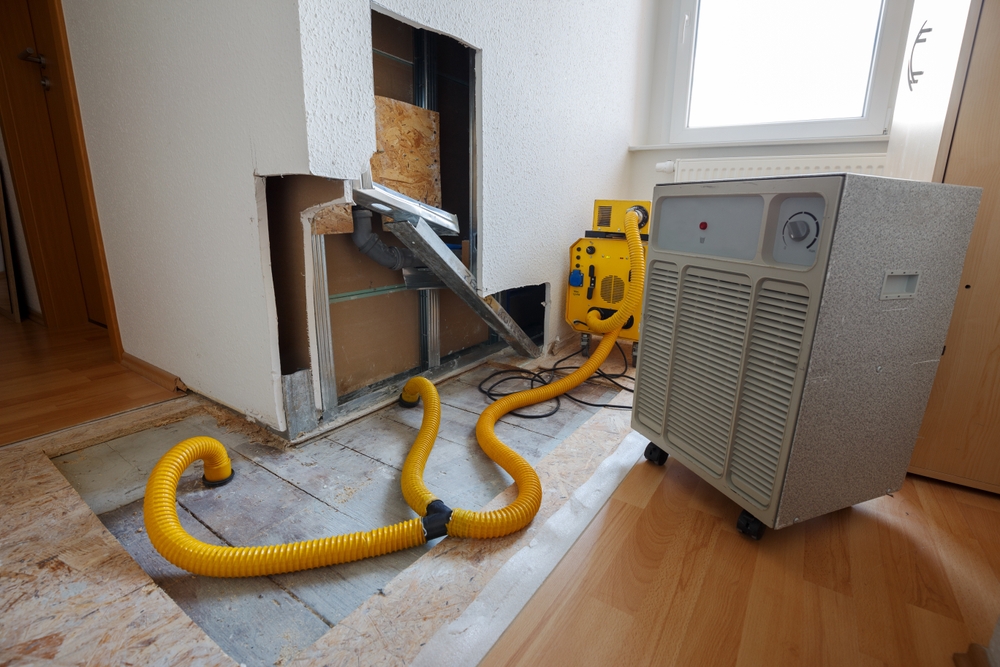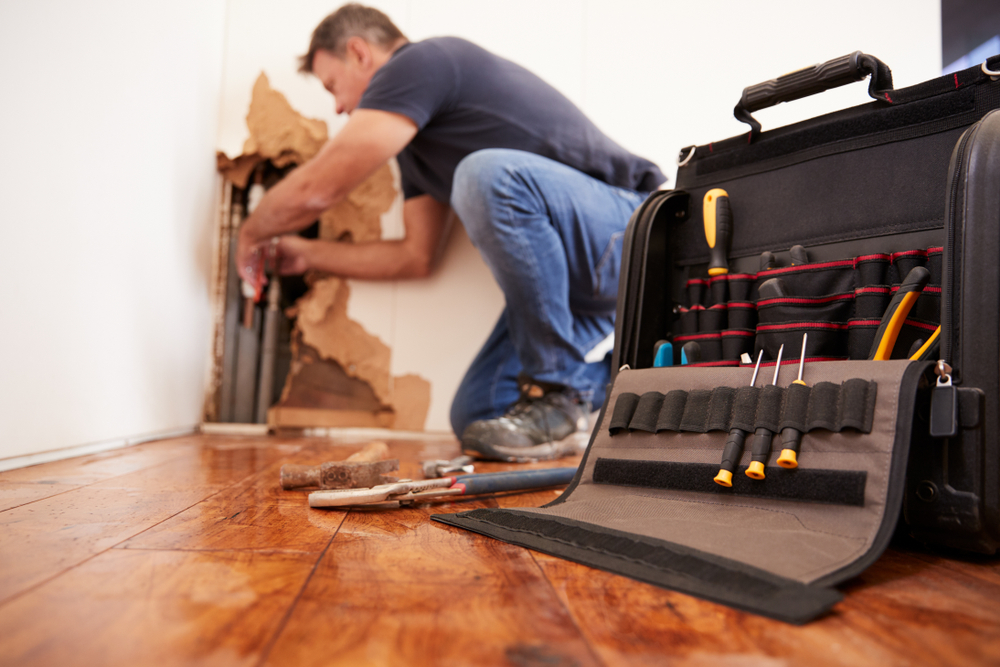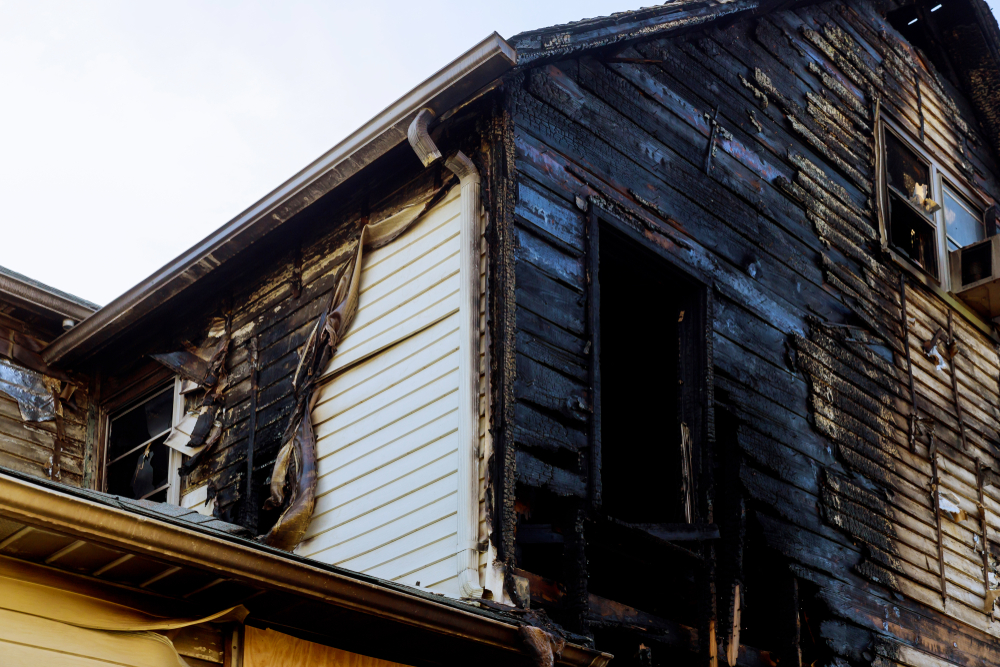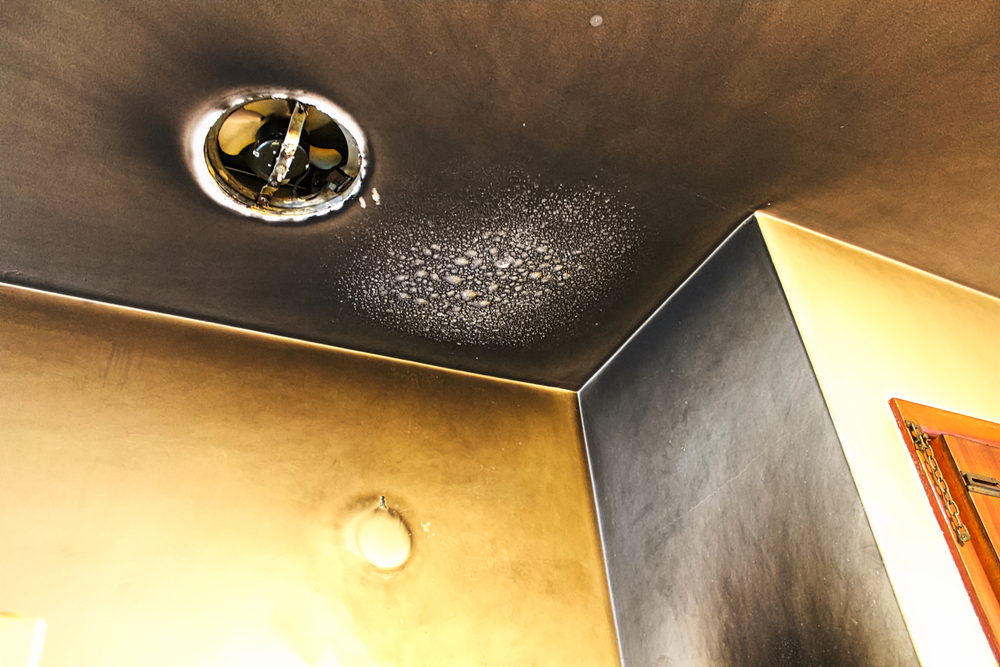The Role of Air Purification in Fire Damage Restoration
Among the most catastrophic events a property may go through is fire damage. Fires not only damage buildings and possessions but also produce long-term health risks. Dangerous pollutants hang in the air even after the flames are out. These seriously compromise respiratory health and general well-being and include smoke particles, volatile organic compounds (VOCs), and poisonous gasses.
The process of restoring fire damage depends critically on air filtration. Eliminating these harmful pollutants helps air filtration systems restore indoor air quality, therefore rendering areas safe for human living once more. Emphasizing its effects on health, safety, and the effectiveness of restoration activities, this paper investigates the vital part air purification plays in fire damage rehabilitation.
The Impact of Fire Damage on Indoor Air Quality
Fire damage does more than scorch walls and furniture; it fundamentally alters the air you breathe. The aftermath of a fire fills indoor spaces with a toxic cocktail of harmful substances, significantly degrading air quality.
Harmful Pollutants Released During a Fire
- Smoke Particles: Smoke consists of fine particles resulting from the incomplete combustion of materials like wood, plastics, and textiles. These particles are microscopic but can carry harmful chemicals such as arsenic, lead, and cadmium. Prolonged exposure increases the risk of respiratory problems and worsens conditions like asthma and bronchitis.
- Volatile Organic Compounds (VOCs): Fires release VOCs from burned synthetic materials, paints, and adhesives. These compounds include carcinogens like benzene and formaldehyde. VOCs can cause immediate symptoms like eye irritation, headaches, and nausea, while long-term exposure may lead to organ damage or cancer.
- Carbon Monoxide: Produced during fires by incomplete combustion, carbon monoxide (CO) is a silent killer. It hooks itself to hemoglobin in the blood, therefore depriving important organs of oxygen. Strong concentrations might cause confusion, vertigo, or even death.
- Toxic Gases: During fires, materials such foam and vinyl produce gasses including sulfur dioxide and hydrogen cyanide. These gases irritate the respiratory system and, in excessive doses, can cause poisoning.

Long-Term Health Risks
Fire-related pollution have immediate as well as long-term effects. Breathing contaminated air might show up over time in numerous ways:
- Respiratory Issues: Regular contact to smoke particles aggravates the lungs and causes chronic diseases including COPD.
- Allergic Reactions: Soot and VOCs can trigger allergies, causing persistent sneezing, watery eyes, and skin irritation.
- Neurological Disorders: Prolonged exposure to gases like carbon monoxide affects cognitive function and can lead to memory loss or other neurological problems.
These risks underscore the urgency of restoring indoor air quality immediately after a fire.
The Role of Air Purification Systems
Controlling the dangerous aftermath of fires depends much on air filtration equipment. These systems provide better, safer air for inhabitants by using modern technologies.
Types of Air Purification Systems
- HEPA Filters: Industry benchmarks for particle filtration are High-Efficiency Particulate Air (HEPA) filters. Effective against soot, smoke, and allergies, they can grab particles as tiny as 0.3 microns.
- Activated Carbon Filters: These filters do very well absorbing gasses and smells. Essential in fire repair, its porous structure captures VOCs, harmful gasses, and other chemical pollutants.
- UV-C Light Technology: By upsetting their DNA, UV-C radiation neutralizes airborne infections including viruses and bacteria. When fire damage results in water damage and mold-growing conditions are created, this technique is especially important.
- Ionization Technology: Charged particles emitted by ionizers bind with airborne contaminants to either settle out of the air or become caught in filters. For tiny particles like smoking residue, this approach is especially successful.
How Air Purification Technologies Work
Every technique targets particular contaminants to enhance the quality of the air:
- Particle Filtration: By cleaning microscopic soot and particles from the air, HEPA filters lower respiratory irritants.
- Gas Adsorption: VOCs and smells are captured by activated carbon, therefore guaranteeing the air free of harmful pollutants.
- Pathogen Neutralization: By deactivating germs and mold spores, UV-C light systems stop more health hazards.
- Pollutant Reduction: By clumping tiny particles together for simpler filtration, ionizers improve the performance of other systems.
Benefits of Air Purification Systems
In fire damage restoration, air filtration systems have many benefits.
- Accelerated Restoration: Faster pollution clearance affects the general restoration schedule.
- Enhanced Air Quality: Restored air makes returning residents comfortable and safe.
- Health Protection: These systems avoid short-term diseases and long-term health consequences by lowering the exposure to dangerous compounds.
The Air Purification Process in Fire Damage Restoration
Good air filtering calls for a methodical approach. To get best results, this process consists in evaluation, system choice, and continuous changes.
Steps in the Air Purification Process
- Initial Assessment of Air Quality: Air quality sensors let restoration experts find levels of contaminants including carbon monoxide, VOCs, and smoke particles. This stage points out certain risks that must be addressed.
- Selection of Appropriate Air Purification Systems: The assessment informs the choice of air purification methods to be used. For places with significant smoke damage, for example, HEPA and activated carbon filters could be necessary.
- Installation and Configuration of Equipment: Air cleaners are positioned deliberately to maximize effectiveness. Larger spaces are employed for high-capacity systems, for instance; portable devices target smaller rooms or hard-to-reach places.
- Monitoring and Maintenance: Constant monitoring guarantees that contaminants stay within reasonable limits. As necessary, filters are cleaned or replaced; equipment settings are changed to match shifting air quality circumstances.
Continuous Monitoring and Adjustments
During restoration, air quality can change particularly in cases of toxins being stirred up during cleaning. Frequent air quality tests guarantee systems are running as they should. Repositioning tools or replacing filters are two adjustments that aid to keep the air pure all through the operation.

Real-Life Example: Air Purification in Action
Following a wildfire seriously damaging a California house, fire damaged restoration experts encountered significant air pollution. The family was uncomfortable and worried about their health as smoke particles and VOCs hung in the air.
Two weeks later the team effectively restored air quality by combining UV-C technology with HEPA and activated carbon filters. The air’s freshness improved noticeably, and the residents could safely go back to their house. This case emphasizes the transforming power of air filtration for the repair of fire damage.
Conclusion
Foundation of fire damage healing is air filtration. Eliminating dangerous toxins guarantees clean, breathing air for residents, therefore facilitating a quicker return to normal. Apart from the advantages for health, clean indoor air helps those recuperating from trauma connected to fire to be generally well-adjusted and less stressed.
Effective repair depends on your investing in expert air purifying solutions. See professionals to guarantee appropriate systems are set up and maintained. Giving air quality first priority now will help to avoid long-term health hazards and produce a better living environment for next generations.
Additional Blogging Tips
To improve your material’s value:
- Engage a larger audience using simple and direct language.
- Include actual cases to emotionally relate to readers.
- Create infographics that help to simplify difficult material.
- Make your post search engine friendly with terms like indoor air quality, air purification systems, and fire damage repair.
- For more reach, advertise the blog on LinkedIn, Instagram, or trade-specific websites.
Combining factual accuracy with captivating narrative will help you to produce a blog that informs readers on the need of air purification in the restoration of fire damage.
Philadelphia Restoration Services
https://www.google.com/maps?cid=3399342399556699153
+1 267 668 0013
https://philadelphiarestorationservices.com/


